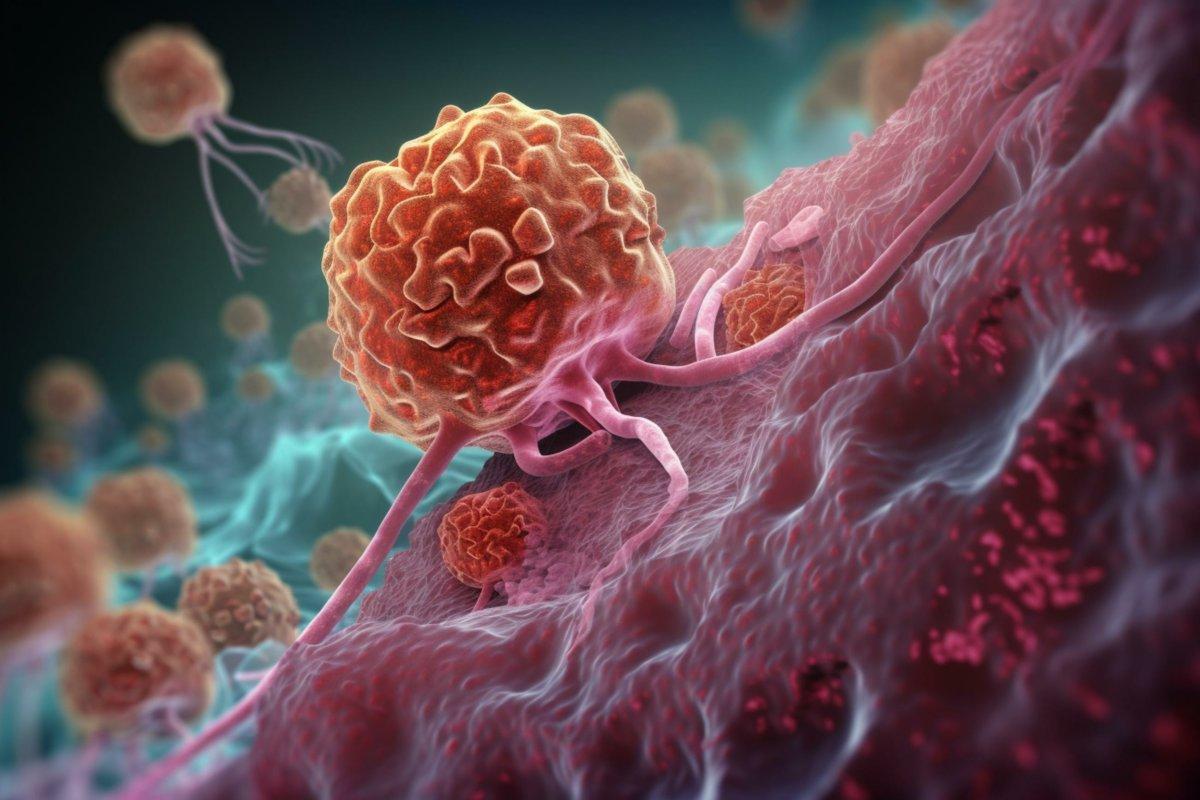Improved PFS with nivo + ipi in patients with advanced NSCLC with high TMB

Among patients with newly diagnosed advanced NSCLC with high tumor mutational burden (TMB, >10 mutations/Mb), those who received nivolumab plus ipilimumab had significantly improved progression-free survival (PFS) compared with patients who received the standard-of-care chemotherapy, according to data from the phase III clinical trial CheckMate-227. These results were presented by Matthew Hellmann, MD, assistant attending at Memorial Sloan Kettering Cancer Center, New York at AACR 2018.
CheckMate -227 is a large, open-label, randomized phase III trial of nivolumab, nivolumab plus ipilimumab, or nivolumab plus platinum-doublet chemotherapy (PT-DC) versus PT-DC in patients with stage 4 or recurrent NSCLC who had not received prior treatment. Data from the comparison between the immunotherapy combination and PT-DC are being reported. “The first endpoint presented here examined PFS among patients with high TMB, which is an emerging biomarker that is independent of PD-L1 expression and characterizes about 45 percent of patients with NSCLC,” Hellmann said.
Of the 299 patients with high TMB, 139 received nivolumab plus ipilimumab and 160 received chemotherapy.
After a minimum follow-up of 11.5 months, patients who received the immunotherapy combination were 42 percent less likely to have their disease progress compared with those who received PT-DC (HR 0.58, 97.5% CI 0.41, 0.81; p = 0.0002). “PFS at one year was nearly tripled, 43 percent versus 13 percent, as was the duration of response at 1 year, 68 percent and 25 percent,” noted Hellmann. The objective response rate was 45.3 percent in patients who received nivolumab plus ipilimumab, versus 26.9 percent in those who received PT-DC.
Nivolumab plus ipilimumab was well tolerated and the safety profile was similar to the previous experience with this regimen. The rate of treatment-related grade 3-4 toxicities was 31 percent, versus 36 percent with chemotherapy.
“This context has yielded two critical opportunities for improvement: to develop effective combinations of therapy that can broaden the population of patients who respond to immunotherapy, and to identify effective biomarkers to predict response,” Hellmann explained.
“The results show that in TMB-high NSCLC patients, nivolumab plus ipilimumab provides improved benefit compared to chemotherapy, increases benefit compared to anti-PD-1 monotherapy, yields durable responses, spares the use of chemotherapy in the first-line setting, and could preserve an effective option in the second line of therapy, if needed,” Hellmann added.
“These practice-changing data establish the combination of nivolumab plus ipilimumab as a first-line treatment option for patients with high-TMB NSCLC,” Hellmann said. This work also identifies TMB as an important and reliable biomarker that should be tested in patients with newly diagnosed NSCLC, he noted.
“Based on rapidly emerging data suggesting the importance of TMB as a predictive biomarker for benefit with immunotherapy, CheckMate -227 was amended to include—in addition to the initial study design examining nivolumab plus ipilimumab in PD-L1 selected patients—a co-primary endpoint of nivolumab plus ipilimumab versus chemotherapy in patients with high TMB, pre-defined as 10 mutations/Mb,” Hellmann said.
Overall survival data are still maturing and will add further insight into the clinical benefit of nivolumab plus ipilimumab as a first-line option for NSCLC patients with high TMB, Hellmann noted.
